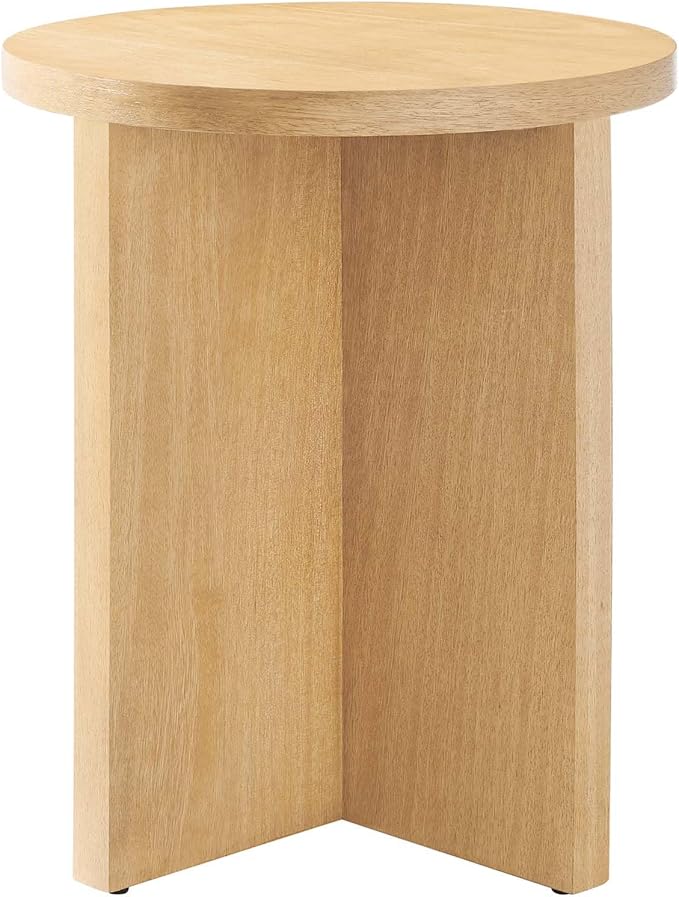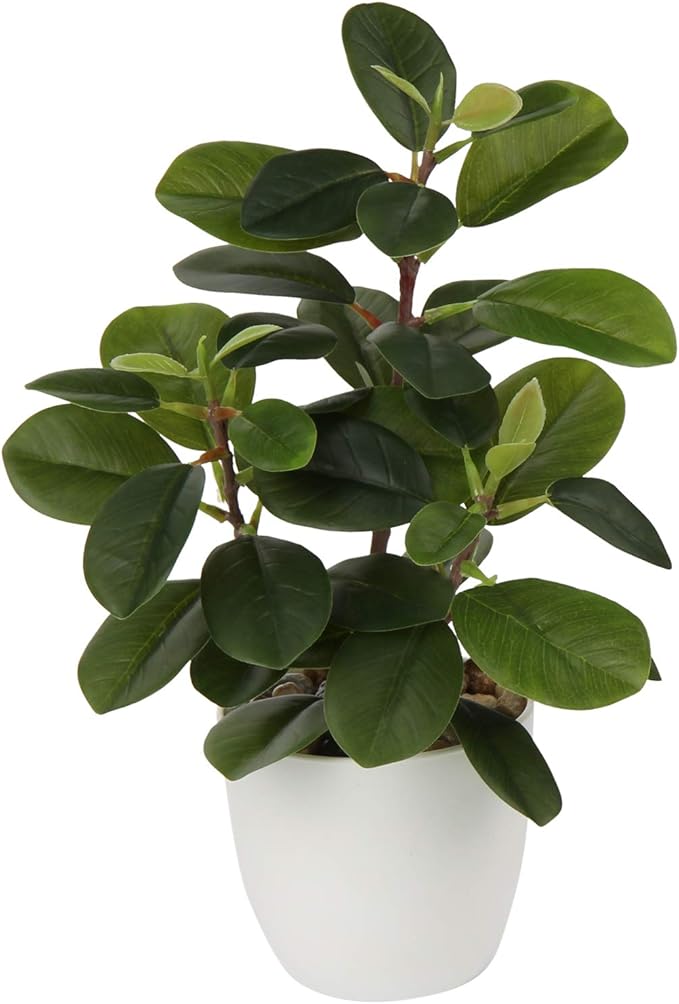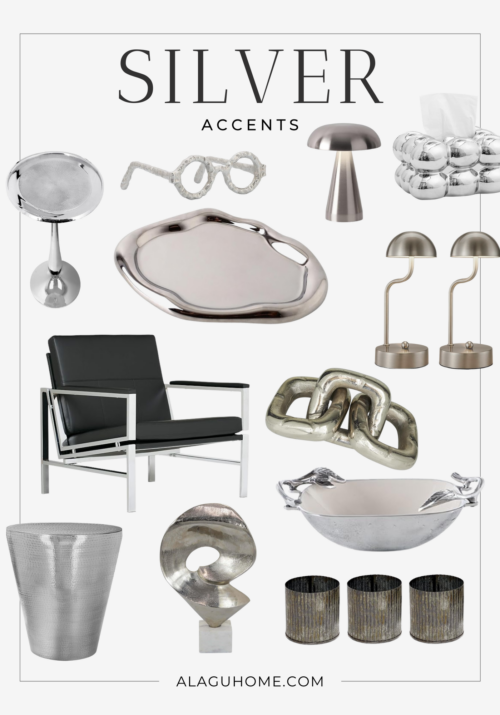In today’s fast-paced world, creating a calming, nature-inspired home environment is more important than ever. Biophilic design, a concept that integrates natural elements into indoor spaces, has gained popularity for its ability to promote well-being and enhance the quality of life. By embracing biophilic design, you can transform your home into a sanctuary that not only looks beautiful but also supports your mental and physical health.
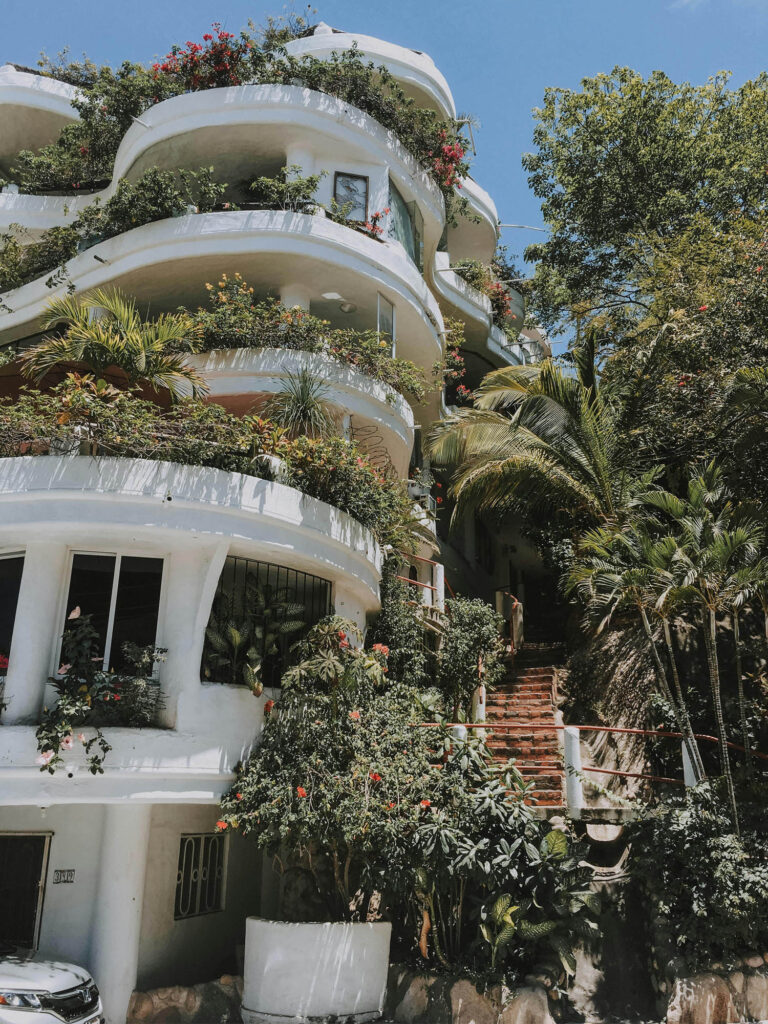
This post may contain affiliate links, meaning I could earn a small commission if you make a purchase through my link, at no extra cost to you. You can read my full disclosure here. Thank you for supporting Alagu Home!
Understanding Biophilic Design
Biophilic design is rooted in our innate connection with nature, often referred to as biophilia. This approach to design seeks to bring the outdoors in, creating spaces that feel more organic and alive. Unlike traditional interior design, which often focuses solely on aesthetics, biophilic design prioritizes the incorporation of natural elements such as plants, natural light, and organic materials.
Benefits for Mind and Body
Incorporating biophilic elements into your home offers a multitude of benefits. Studies have shown that exposure to nature can reduce stress, improve mood, and boost productivity. By bringing elements like greenery, natural textures, and light into your home, you can create a space that fosters relaxation and enhances overall well-being. Additionally, biophilic design can improve indoor air quality by introducing plants that purify the air, making your home not only more beautiful but also healthier.
Key Elements of Biophilic Design
To successfully embrace biophilic design in your home, consider the following key elements:
1. Natural Light: Maximize natural light by using sheer curtains, skylights, or large windows. Natural light not only makes a space feel more open and inviting but also has been shown to improve mood and energy levels.
2. Indoor Plants: Incorporating indoor plants is one of the simplest ways to bring nature into your home. Consider placing potted plants in various rooms, or even creating a vertical garden. Plants like ferns, snake plants, and peace lilies are great options for purifying indoor air.
3. Natural Materials: Use natural materials such as wood, stone, and bamboo in your furniture and décor. These materials add texture and warmth to a space, creating a more organic and grounded atmosphere.
4. Water Features: Introducing a water feature, like a small fountain or aquarium, can add a soothing, natural element to your home. The sound of flowing water is calming and can help create a peaceful environment.
5. Outdoor Views: If possible, arrange your furniture to take advantage of outdoor views. Connecting visually with nature, even through a window, can have a positive impact on your mood and mental well-being.
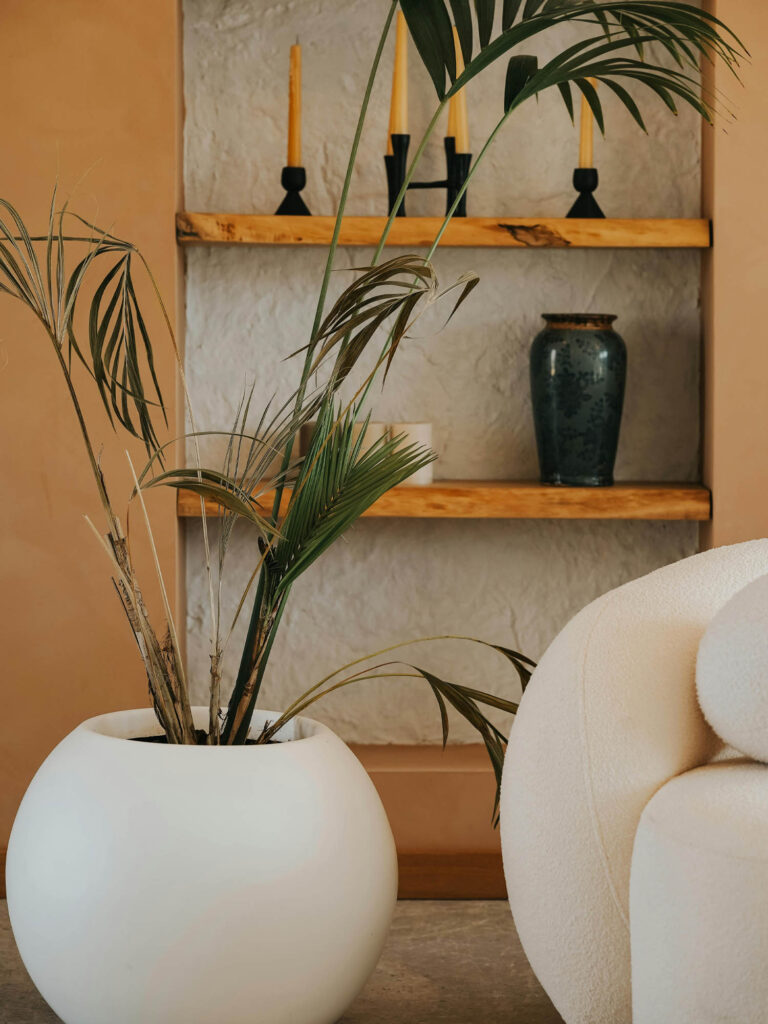
Practical Tips for Implementation
Starting small is key when implementing biophilic design in your home. Begin by adding a few plants to your living space and gradually incorporate other natural elements. Consider the layout of your rooms and how you can enhance the flow of natural light. Pay attention to the materials used in your furniture and décor, opting for those that are sustainable and eco-friendly.
Even in a rental apartment or house, you can embrace biophilic design by incorporating portable greenery with a mix of large and small plants, or by using vertical gardens and hanging planters. Temporary wallpaper or nature-inspired decals can add a touch of the outdoors without permanent changes, while natural rugs, textiles, and wooden accents bring warmth and texture.
Maximize natural light by keeping windows unobstructed and using light curtains, or add mirrors to reflect light in darker spaces. For a calming atmosphere, consider a small tabletop water feature, air-purifying plants, and outdoor-inspired scents like pine or lavender. Removable shelving, nature-themed art, and flexible furniture arrangements can also help create a serene, nature-inspired environment that’s adaptable to your rental space.
Even if you don’t have access to outdoor spaces, you can still embrace biophilic design. Use indoor plants, hang nature-inspired artwork, and choose furnishings made from natural materials to create a connection with nature.
In conclusion, embracing biophilic design is more than just a trend; it’s a way to improve your quality of life by reconnecting with nature. By incorporating elements like natural light, plants, and organic materials into your home, you can create a space that promotes health, happiness, and well-being. Start small, and gradually transform your home into a sanctuary that nurtures both body and mind.
